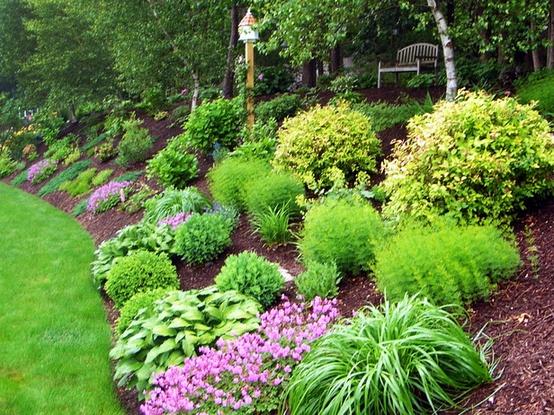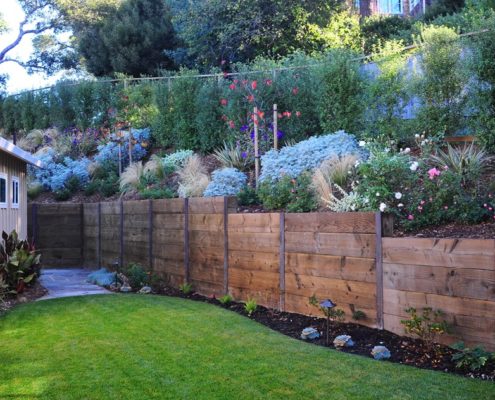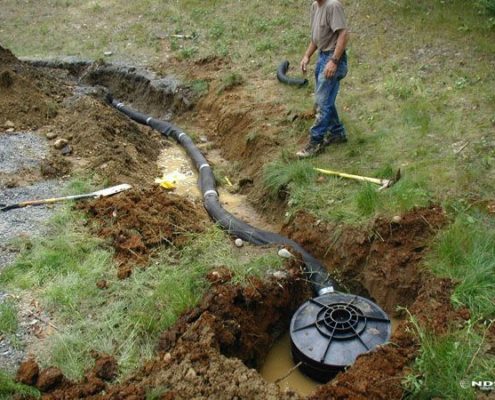
Help Customers Avoid Soil Erosion and Runoff
Help Customers Avoid Soil Erosion and Runoff
When preparing a landscape for the cooler seasons, be proactive for potential soil erosion and runoff that is likely to occur.

Soil erosion and runoff might not occur as frequently as other landscaping issues, but it can be costly to repair for the customer and for the environment. It’s better to be proactive than reactive. Soil erosion is the transfer of soil from one place to another caused by wind, water and other natural agents. Stormwater systems in the area can become clogged when soil from unprepared properties run into the street and it can lead to other environmental issues.

By taking a few simple, proactive steps, you can help keep your customer’s yard pristine and avoid soil erosion and runoff.
Prevent soil erosion with shrubs and grasses
One of the best ways to prevent soil erosion is by using ground covers and having a healthy, strong root zone. Bare and exposed soil is vulnerable to erosion, so finding an appropriate covering method will help preserve the soil structure.

Analyze the customer’s yard before deciding on a plan for directing the runoff. For landscapes that don’t have steep slopes present, simply adding in shrubs and grasses can help defer soil erosion by collecting snowmelt or rainwater.

Native grasses will help the soil have better stability because they produce long roots that can connect the topsoil and subsoil. Shrubs and flowers can be very effective in preventing erosion and adding beautiful focal points to the landscape.
Using terracing and retaining walls to stop runoff
For customers with steep slopes, consider adding retaining walls or terraces to the landscapes layout. These will help prevent loss of soil nutrients and erosion, and they also can add a bit of texture, depth and dimension to the landscape.
Terracing is a control method for steep slopes that consists of a staircase pattern to break up the slop into sections. The structure can be created with stones, bricks or even vegetation like prairie grasses.
Retaining walls are used to overcome sloped areas and often have visual interest as well as a functional purpose. Retaining walls protect areas from saturation and soil erosion reduction. Here are a few types of retaining walls that can be incorporated into the landscape.
- Gravity walls: These hold the earth by the weight of the wall’s material. They can be formal pavers or even a stack of large rocks, but they can fall easily and should be used for short slopes of 3 feet or less.
- Anchored walls: These are the strongest type and can be combined with other techniques. An anchor is wrapped around the wall, and a base is placed deeper into the hill, which provides the stabilization.
- Piling walls: These use long piles, or poles, that go deep into the soil and above it. Pilings can be made of metal or treated lumber, and they have a good capacity to hold the soil back.
- Cantilever walls: These are similar to piling walls however, they get added strength from a sort of “arm” that extends back into the hill. This can increase its capacity to stabilize pressure.
Managing and directing rainfall and excess water
Rainwater runoff from a building, house, or down a slope can greatly impact soil erosion on your customer’s property. Here are so options to propose to your client.
- Rain collection barrels
- French drains
- Berms
- Dry well
- Swale
Be sure to check what is permitted for the area and follow all rules and regulations.



















Comments are closed.